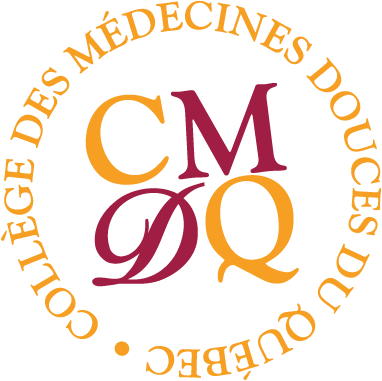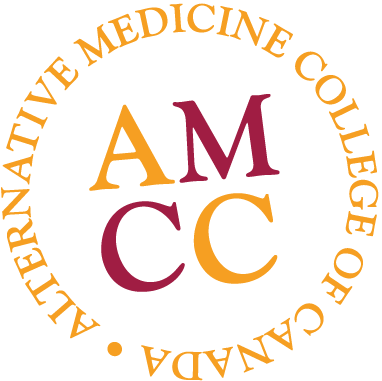L’alimentation ou la diète cétogène (ou Keto) a été développée dans les années 1920 pour réduire les crises d’épilepsie des enfants puis pour les patients atteints de la maladie de Vivo et l’Alzheimer. Cette diète, proche de celle des Inuits, est très à la mode de nos jours. En quoi consiste-t-elle et est-elle si bonne pour la santé de tous ?
Ce régime comporte un bon apport en protéine, une réduction des glucides et une augmentation des lipides. Habituellement, le corps utilise les glucides comme source d’énergie. Après le glucose, le cerveau prend les corps cétoniques comme un second carburant nécessaire. En le privant de glucides, l’organisme puise son énergie dans les lipides. Le corps cherche dans le tissu graisseux des graisses que le foie transforme en corps cétoniques. Ceux-ci sont utilisés comme combustibles par les neurones.
Avantages du Régime Keto
Les avantages de ce régime sont : la réduction des produits laitiers et des glucides rapides. Les sucreries sont interdites, mais le chocolat à 85 % (pas ou peu sucré) est autorisé en petite quantité. Ce régime cétogène engendre une perte de poids et un regain d’énergie. Il peut favoriser la baisse de migraines, l’amélioration du diabète, de la santé cardiovasculaire ou du taux de cholestérol (les gras doivent être d’excellente qualité). Cela dit, nous manquons encore de recul pour connaitre les vrais avantages et inconvénients de cette diète particulière.
Lors des premières semaines, certains effets secondaires comme la grippe cétogène peuvent apparaitre. Autres effets possibles : des nausées, des vomissements, de la fatigue, une éruption cutanée, des crampes musculaires, une faiblesse générale ou encore de la constipation et des maux de tête dus à l’acidose métabolique ou aux carences nutritionnelles.
Désavantages de ce Régime
Même si le régime cétogène pourrait améliorer les performances sportives, la récupération tout en facilitant l’effort, il serait contre-productif pour les grands sportifs, notamment leurs os. À noter aussi que les glucides sont importants puisqu’ils fournissent un carburant essentiel pour le cerveau et le système nerveux central tout en répondant à la demande énergétique, peu importe l’intensité de l’activité pratiquée. Cette diète peut être utilisée comme traitement adjuvant dans la lutte contre le cancer. En effet, les tumeurs utilisent du glucose tel un nutriment. Mais, d’après le Docteur Jean-Paul Curtay, les cellules cancéreuses privilégient les acides gras comme des nutriments aussi. De plus, l’alimentation riche en graisses et en protéines animales est pro-inflammatoire: consommer plus de viande accroît l’inflammation, notamment celle du côlon.
Nombre d’aliments appartenant aux céréales, légumineuses et fruits (sauf l’avocat) sont exclus ce qui peut mener à des carences en fibres, vitamines, antioxydants ou minéraux. L’apport en compléments alimentaires peut être nécessaire. Il faut veiller aux apports en magnésium, calcium et potassium et consommer suffisamment de fibres tout en buvant beaucoup d’eau.
Pour terminer, ce type de régime ne convient pas à tout le monde et peut aider certains cas. Il est important de se faire accompagner par un praticien de la santé globale et surtout par un médecin.
Katia B. Lucas, N.D.
Sources pour cet article:
Chang, C.K., Borer, K., & Lin, P.J, “Low-Carbohydrate-High-Fat Diet: Can it Help Exercise Performance?”, Journal of Human Kinetics, 2017, 12 (56), 81–92.
CHUSJ, Diète cétogène, « Définitions », Lurie, Ann, Robert H., Children’s Hospital of Chicago, <https://www.chusj.org/fr/soins-services/D/Diete-cetogene/L-aventure-cetogene-la-theorie/Definition>, 15 juin 2016, mise à jour 16 juin 2016, consulté le 12 aout 2020.
Curtay, Jean-Paul « Les principales raisons de ne pas suivre un régime cétogène contre le cancer », Union des Nutrithérapeuthes Francophones, 8 février 2019, <https://www.udnf.be/regime-cetogene-cancer-danger/>, consulté le 18 aout 2020.
« Jeûne, régimes restrictifs et cancer, Collection Fiches repère/Soins, Institut national du cancer, <https://www.e-cancer.fr/Expertises-et-publications/Catalogue-des-publications/Jeune-regimes-restrictifs-et-cancer>, novembre 2017, consulté le 12 aout 2020.
« La diète cétogène mauvaise pour les os des grands sportifs ? », La Nutrition, <https://www.lanutrition.fr/la-diete-cetogene-mauvaise-pour-les-os-des-grands-sportifs?fbclid=IwAR2UFBrugeE-phUR7hsIFf0em9kQJbU2KFUE0CPwOIptExY4b0MnC92DQ5I>, consulté le 10 février 2020.
Meneu, Gildas, Radio Canada, « La diète cétogène, « miraculeuse » et controversée », 5 juin 2019, <https://ici.radio-canada.ca/nouvelle/1173373/diete-cetogene-alimentation-miraculeuse-controversee>, consulté le 12 aout 2020.
« Qu’est-ce que la diète cétogène ? », Santé Canada, <https://www.canada.ca/fr/ministere-defense-nationale/organisation/rapports-publications/sante/qu-est-ce-que-la-diete-cetogene.html>, consulté le 12 aout 2020.
« Régime cétogène et huile et de coco danger », La Nutrithérapie, <http://www.lanutritherapie.fr/article/r-gime-c-tog-ne-et-huile-de-coco-danger>, consulté le 19 aout 2020.
Zubiria, Léa, Cyr, Audrey « Régime cétogène », Passeport Santé, Juin 2018, <https://www.passeportsante.net/fr/Nutrition/Regimes/Fiche.aspx?doc=regime-cetogene>, consulté le 12 aout 2020.
Si vous avez aimé cet article, vous aimeriez peut-être:




Laisser un commentaire